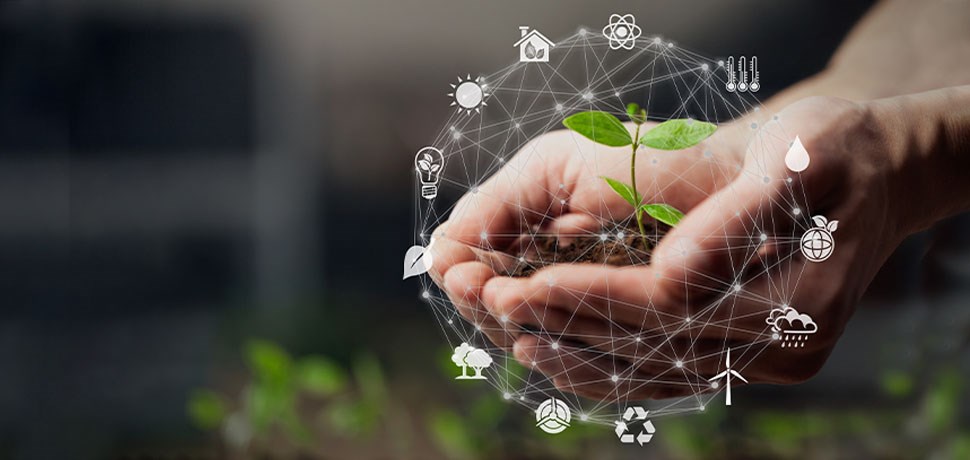
As a famous saying goes, “The past is where you learned the lesson. The future is where you apply the lesson”. This not only applies in the context of life in general, but more importantly in the investment world. The broader ESG agenda and motivation to decarbonise the world is one theme that has gained traction over the past year. Its importance has been topical for decades in the commodities sector. This theme, however, became prominent following the Diesel Emissions Scandal in 2014. It was discovered that some car makers had installed software in vehicles that was manipulating air pollution tests. During the standardised emissions test, the software would adjust the engine of the vehicle to emit less fumes. Subsequently, new standards were introduced for the automotive industry, forcing manufacturers to load more palladium and rhodium in catalytic car converters. The chemical properties of these metals assist in turning toxic pollutants into less-harmful carbon dioxide and water vapour. This resulted in a massive rally in the prices of palladium and rhodium, reaching their multi-year highs in May 2021. PGM (Platinum Group Metals) prices have since pulled back from their peaks over the of last year, which was attributable to the spread of COVID-19 having hit the supply chains of numerous sectors, chipmakers and automakers being some of them. While PGMs were the underperforming metals in the commodity sector in 2021, the structural shift to achieve net zero global emissions has created growth and investment opportunities for certain base metals which are viewed as ‘green metals’ i.e., metals to be used in renewable energy and the making batteries. Some of the most preferred green metals include lithium, cobalt, copper and nickel.
Mining companies in the listed space have come under significant pressure from the investment community to adapt to carbon-neutral standards which is creating investment opportunities for commodities that are seen as winners in the facilitation of a cleaner environment. The transition to carbon neutrality has seen companies like Sibanye-Stillwater broadening its Green Metals portfolio through the acquisitions of lithium, nickel and copper assets in the US and Brazil. At the start of 2022, South32 announced that it would be participating in a restart of the Alumar aluminium smelter with JV partner Alcoa, which will use renewable power. A week later, BHP announced that it has invested in a minority stake of a nickel project in Tanzania. Mining companies transitioning out of fossil fuels and into environmentally-friendlier metals is what I would call the first ‘green flag’ for investment opportunities in the commodities markets
The underlying reality of climate change seems even more pressing, following the release from the Intergovernmental Panel on Climate Change (IPCC) in August 2021. A key investment theme which is gaining traction under ESG investing is the manufacturing of battery electric vehicles (BEVs) and the commodities associated with them. Research from RMB Morgan Stanley shows an upward revision of BEV penetration rates from 11.6% to 13.2% by 2025 and 31% by 2030 (from 26%). The upward revisions are in response to the EU Commission having proposed for 50% reductions in COշ fleet average emission by 2030, which effectively mandates a 50% BEV penetration rate for car-part manufacturers in Europe. China targets a 25% penetration rate by 2025 and in the US, California ordered banning the sale of Internal Combustion Engines (ICE) by 2035. This essentially points to heavy investment expected to go into electric vehicle production over the next decade or two. President Cyril Ramaphosa recently made two key announcements in relation to this growing theme. The first being the launch of Toyota South Africa’s Cross Hybrid vehicle to which Toyota committed a R2.4 billion investment. The second was the announcement of the conclusion of an agreement to secure R131 billion to finance South Africa’s transition to a low carbon economy.
New technology shows that the consumption intensities BEVs is expected to increase. Copper, as an example, has diverse uses in the production of an electric vehicle. Not only is it used in the car’s battery, but also in the motor, the wiring and most importantly, the charging infrastructure. This presents investment opportunities for both ESG commodities as well as ESG infrastructure. Another hotspot linked to this theme is the infrastructure related to a hydrogen economy which is one of South Africa’s big renewable energy commitments. Anglo American, in collaboration with South Africa’s Department of Science (DSI), the South African National Development Institute (SANEDI), Engie and Bambili Energy announced the potential for a hydrogen valley in the Bushveld complex of South Africa. The feasibility study identified nine key projects recommended to be prioritised for the development of the hydrogen valley, spanning the transport, industrial and construction sectors. “Clean”, “green”, “ESG”, “carbon-neutral” are all words and phrases that have lingered in the markets for decades, but now seem to be advancing right before our eyes.